CNC machines has changed manufacturing by making production faster, more precise, and highly efficient. Instead of relying on manual labor, these machines follow computer instructions to cut, shape, and engrave materials with extreme accuracy. Whether you work in aerospace, automotive, or custom fabrication, CNC machines help you create identical, high-quality parts at scale. But before you invest, it’s important to understand both the benefits and challenges. CNC machines boost speed and consistency but come with high upfront costs, maintenance needs, and a learning curve.
In this guide, you’ll learn how CNC machines work, their pros and cons, and whether they’re the right fit for your business.
What is a CNC Machine?
A CNC (Computer Numerical Control) machine is a high-tech tool that cuts, shapes, or engraves materials with extreme accuracy. Instead of manual operation, it follows computer instructions to create precise parts from metal, wood, plastic, and more.
Why Should You Care About CNC Machines?
If you work in manufacturing, CNC machines can save you time, reduce mistakes, and boost efficiency. They are used in industries like aerospace, automotive, and electronics to create complex parts quickly and consistently.
How CNC Machines Are Different from Manual Machines?
With a manual machine, you control the cutting tools by hand. With a CNC machine, you program the design, and the machine does the rest. This means you get perfectly identical parts every time, with minimal effort.
This video showcases the world’s largest bevel gear CNC machine and its role in modern gear production and steel wheel manufacturing.
Common Types of CNC Machines:
Different CNC machines do different jobs. Here are the most common types:
- CNC Mills – Cut and shape solid materials with spinning tools.
- CNC Lathes – Rotate materials to carve precise cylindrical parts.
- CNC Routers – Carve wood, plastic, and soft metals with ease.
- CNC Plasma Cutters – Use super-hot plasma to slice through metal.
- CNC Laser Cutters – Cut and engrave with pinpoint accuracy using a laser beam.
CNC machines make manufacturing faster, easier, and more reliable. If you want to improve production quality and efficiency, they are a game-changer.
To learn more about what are CNC machines, check out this article:
How Does a CNC Machine Work?
A CNC machine follows a series of precise steps to turn a digital design into a finished product. Here’s how it works:
1. Design Input:
It all starts with a digital blueprint, similar to a computer drawing or CAD (Computer-Aided Design) file. This blueprint contains every measurement, shape, and detail needed to create the part.
2. Conversion to CNC Code:
The design is then converted into a special machine language called G-code. This code acts as the machine’s instructions, telling it where to move, how fast, and what tools to use.
To learn more about G-code and M-code, check out this article:
3. Machine Setup:
Before starting, the operator secures the raw material (such as metal, wood, or plastic) onto the CNC machine. The right cutting tools, drills, or lasers are also selected and installed based on the design requirements.
4. Execution:
The CNC machine starts running, following the G-code instructions precisely. It moves along multiple axes to cut, drill, or shape the material into the desired form.
5. Monitoring:
While the machine works, sensors and operators keep an eye on the process to ensure accuracy. Adjustments can be made if needed.
6. Completion:
Once finished, the final product is removed and inspected. Thanks to CNC precision, it matches the original design exactly.

5 Advantages of CNC Machines:
CNC machines offer precision, efficiency, and flexibility that manual machining simply can’t match. Here’s why they’re improving businesses worldwide:
1. Precision & Accuracy:
Imagine creating a part that has to fit perfectly—no room for even the smallest mistake. That’s where CNC machines excel. They follow pre-programmed designs with extreme accuracy, cutting, shaping, and engraving materials down to fractions of a millimeter. Whether you need intricate patterns or complex 3D parts, CNC machines deliver results that are nearly impossible to achieve by hand.
2. Consistency & Reproducibility:
When producing hundreds or even thousands of identical parts, human hands can’t guarantee perfect consistency. CNC machines, however, repeat the exact same process with zero variation. Whether it’s the first product or the thousandth, every single part will be identical. This level of consistency is critical for industries like aerospace, automotive, and medical manufacturing, where even the slightest difference can lead to major issues.
3. Reduced Labor Costs:
Traditional manufacturing requires skilled workers to operate machines, manually adjust parts, and ensure quality control. CNC machines, on the other hand, work autonomously once programmed. One operator can manage multiple machines at the same time, reducing the need for a large workforce and cutting labor costs significantly. Businesses can reinvest these savings into innovation, expansion, or higher-quality materials.
4. Speed & Efficiency:
CNC machines don’t need lunch breaks, sleep, or vacations. They run 24/7 with minimal downtime, producing parts at a speed that far exceeds manual methods. With faster cutting speeds and automated tool changes, CNC machines keep production moving smoothly. Even complex parts that would take hours to craft by hand can be completed in minutes. This means shorter lead times, higher productivity, and faster deliveries.
5. Flexibility:
Switching from one product to another in traditional manufacturing can be time-consuming and costly. With CNC machines, you only need to update the program to start producing something completely different. Whether you need a one-time prototype or a high-volume production run, CNC machines can quickly adapt without major adjustments. This makes them perfect for custom manufacturing and rapid prototyping.
5 Disadvantages of CNC Machines:
CNC machines offer incredible advantages, but like any technology, they come with challenges. Before investing in one, it’s important to consider the potential downsides and how they might impact your business.
1. High Initial Cost:
CNC machines don’t come cheap. The cost of purchasing even a basic model can range from tens of thousands to hundreds of thousands of dollars. And that’s just the machine itself—you’ll also need specialized software, high-quality tools, and a trained workforce to operate and maintain it. For small businesses or startups, this upfront investment can be difficult to manage. However, the long-term efficiency and cost savings often justify the initial price.
2. Maintenance & Repair Costs:
While CNC machines reduce labor costs, they require regular maintenance and occasional repairs, which can be expensive. These machines have precision components, high-speed motors, and advanced sensors—all of which need servicing to keep them running smoothly. If something breaks down, repairs aren’t as simple as tightening a bolt—you’ll often need a specialist, and downtime can mean lost productivity and revenue.
3. Training & Skill Requirements:
CNC machines don’t run themselves—you need skilled operators to program them correctly. Unlike traditional machines, which require manual adjustments, CNC machines rely on G-code programming and CAD/CAM software. Employees must be trained in these areas, and hiring skilled workers or providing training can add extra costs. Mistakes in programming can lead to wasted materials and costly errors, making proper training essential.
4. Dependence on Electricity:
CNC machines consume a lot of power, and they stop working the moment there’s an outage. If your facility experiences frequent power fluctuations or high electricity costs, running these machines could become a financial burden. In some cases, backup power solutions like industrial generators or battery storage might be necessary to prevent downtime, adding to operational costs.
5. Less Flexibility for One-Off Designs:
While CNC machines excel at mass production and repetitive tasks, they aren’t always ideal for one-time, highly customized projects. Setting up a CNC machine for a single, unique part can be time-consuming and expensive. For small-scale, handcrafted items, traditional machining or manual craftsmanship might be a better and more cost-effective option.
Conclusion:
CNC machines are powerful tools that bring precision, efficiency, and automation to manufacturing, making them a game-changer for businesses looking to scale production. However, they come with challenges like high costs, maintenance, and the need for skilled operators. If you’re considering CNC machines, think about your budget, workforce, and production needs. Are you looking for mass production, or do you need flexibility for custom projects? Weigh the pros and cons carefully to decide if CNC automation is the right fit for your business. Making an informed choice now can save you time, money, and resources in the long run.

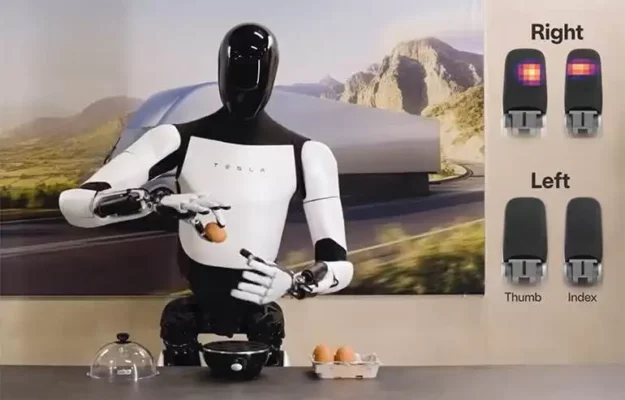
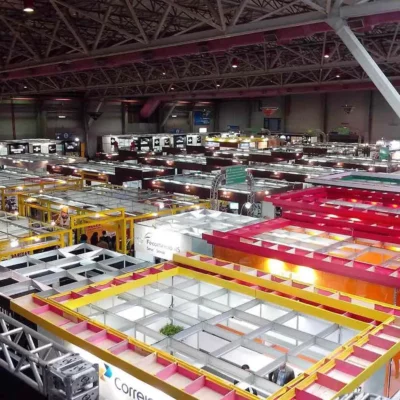

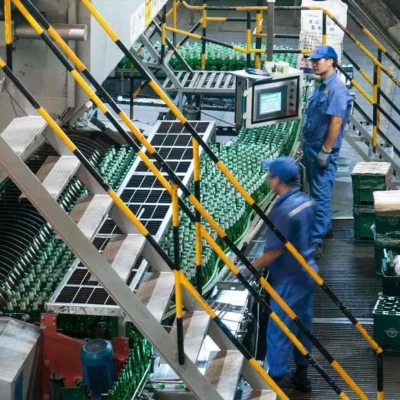
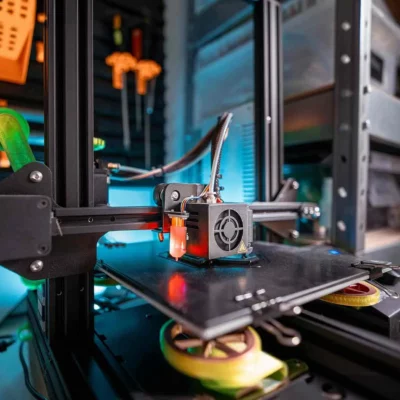
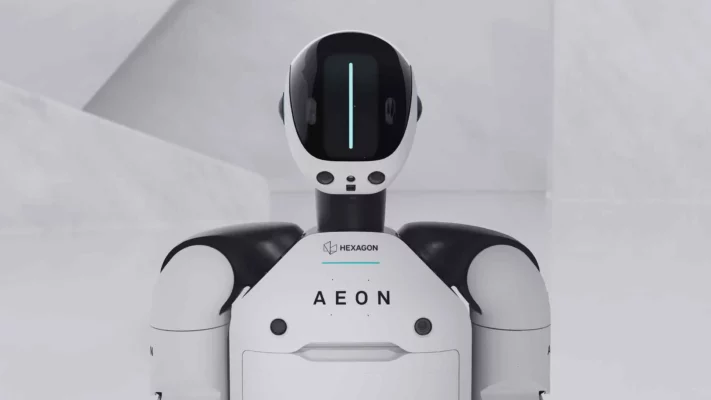
Your posts are so inspiring! CNC machining is truly a fascinating field.